Home>Maintenance & Safety>Child & Elderly Safety at Home>When Can A Child Sit In A Backless Booster Seat
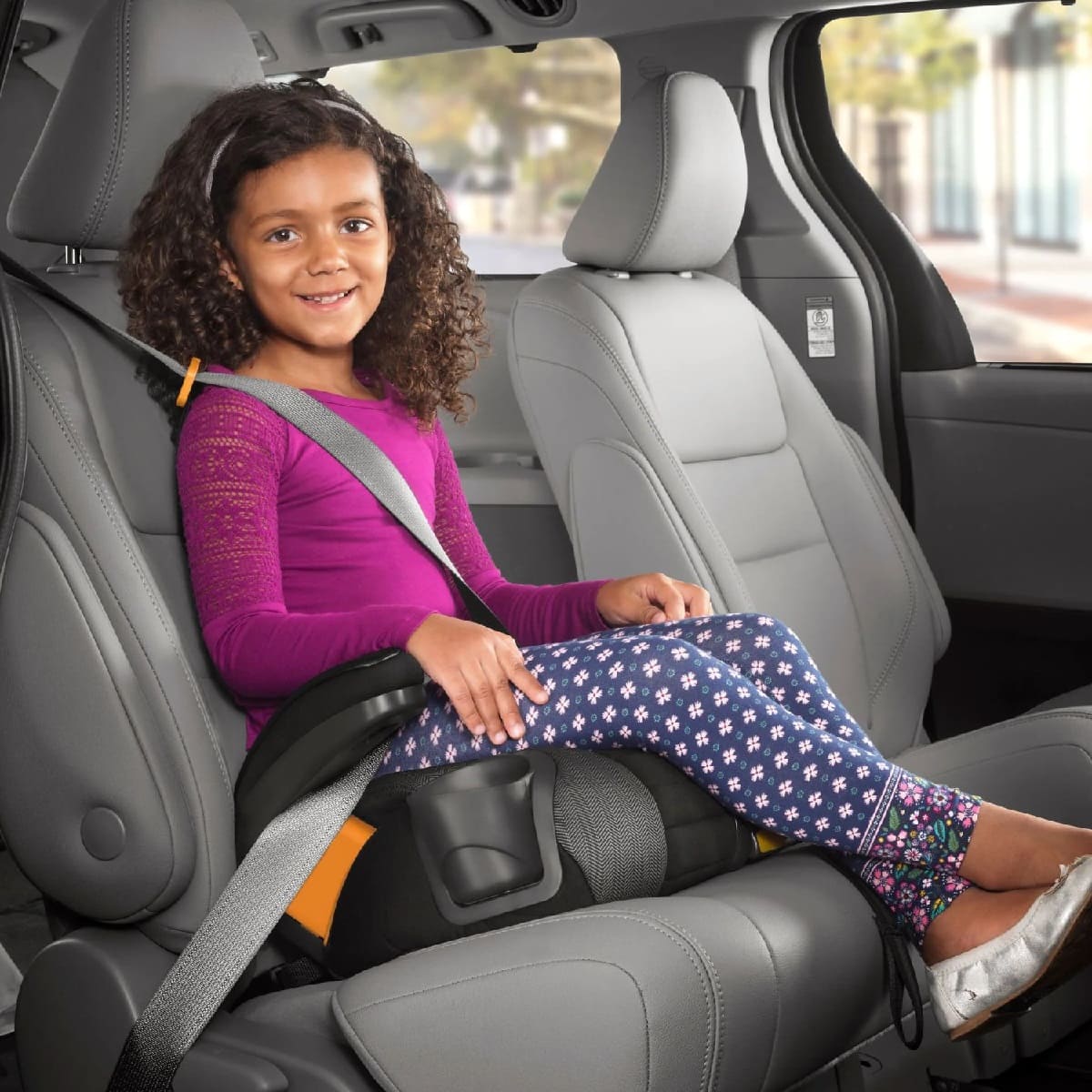

Child & Elderly Safety at Home
When Can A Child Sit In A Backless Booster Seat
Modified: August 17, 2024
Find out when it's safe for a child to use a backless booster seat and ensure child and elderly safety at home with expert tips and guidelines.
(Many of the links in this article redirect to a specific reviewed product. Your purchase of these products through affiliate links helps to generate commission for Storables.com, at no extra cost. Learn more)
Introduction
Ensuring the safety of children during car rides is a top priority for parents and caregivers. One crucial aspect of this safety is the proper use of booster seats, which are designed to provide additional protection for children who have outgrown their forward-facing car seats. Among the various types of booster seats available, the backless booster seat is a popular choice for many families. However, determining the right time for a child to transition to a backless booster seat is a decision that requires careful consideration of several factors.
The transition to a backless booster seat marks an important milestone in a child's development and safety during car travel. It signifies that the child has reached a certain level of physical and developmental maturity, allowing them to benefit from the specific design and functionality of a backless booster seat. Understanding the appropriate timing for this transition is essential for ensuring that the child receives optimal protection and comfort while traveling in a vehicle.
As we delve into the age and weight requirements for using a backless booster seat, it's important to recognize that these guidelines are not only based on regulatory standards but also on the physiological and developmental needs of the child. Additionally, safety considerations play a significant role in determining when a child can safely transition to a backless booster seat. By exploring these factors in detail, parents and caregivers can make informed decisions that prioritize the well-being of the child.
Moreover, legal requirements regarding the use of booster seats vary by region, and it's crucial for caregivers to be aware of the specific regulations applicable to their location. Understanding the legal aspects ensures compliance with the law and, more importantly, provides an additional layer of protection for the child in the event of a car accident.
Finally, the transition from a backless booster seat to a standard seat belt is another important aspect to consider. Knowing when and how to make this transition is essential for maintaining the child's safety and comfort as they continue to grow and develop.
In the following sections, we will explore each of these factors in detail, providing valuable insights to help caregivers navigate the process of determining when a child can safely sit in a backless booster seat.
Key Takeaways:
- Children should be 5 to 7 years old and weigh 40 to 80 pounds before using a backless booster seat. It’s about being big enough and ready to sit safely in the car.
- Using a backless booster seat is a step towards using a regular seat belt. When kids are 8 to 12 years old and at least 4 feet 9 inches tall, they’re likely ready for the switch.
Age and Weight Requirements
Determining the appropriate age and weight for a child to transition to a backless booster seat is crucial for ensuring their safety and comfort during car rides. While specific guidelines may vary slightly depending on the manufacturer and regulatory standards, there are general age and weight requirements that can serve as a helpful reference for parents and caregivers.
In terms of age, most experts recommend that children should be at least 5 to 7 years old before transitioning to a backless booster seat. This age range is significant as it aligns with the typical developmental milestones related to bone and muscle strength, which are essential for safely using a backless booster seat. Additionally, children within this age range are more likely to have the cognitive and behavioral maturity necessary to understand and follow safety instructions while seated in a booster.
Weight requirements also play a crucial role in determining when a child can transition to a backless booster seat. Generally, children should weigh between 40 to 80 pounds before using a backless booster seat. This weight range ensures that the child can be properly positioned in the vehicle seat and that the seat belt will fit them correctly when using the booster. It's important to note that the weight requirements may vary slightly depending on the specific design and features of the booster seat, so caregivers should always refer to the manufacturer's guidelines for precise weight recommendations.
It's essential to emphasize that both age and weight requirements should be considered together when determining the readiness of a child for a backless booster seat. While a child may meet the age requirement, it's equally important to ensure that they also meet the minimum weight criteria to guarantee the effectiveness of the booster seat in providing adequate protection.
Understanding the age and weight requirements for a backless booster seat is not only about meeting regulatory standards but, more importantly, about prioritizing the safety and well-being of the child. By adhering to these guidelines, caregivers can make informed decisions that support the child's physical development and ensure their safety during car travel.
Safety Considerations
Ensuring the safety of a child while using a backless booster seat involves careful consideration of several key factors. One of the primary safety considerations is the child's physical readiness for transitioning to a backless booster seat. This readiness encompasses not only meeting the age and weight requirements but also the child's ability to sit properly in the vehicle seat and maintain the correct position throughout the journey. It's essential to assess whether the child can sit upright without slouching or fidgeting, as this directly impacts the effectiveness of the booster seat in providing adequate protection.
Furthermore, the vehicle's seat belt fit is a critical aspect of safety when using a backless booster seat. The seat belt should securely restrain the child, positioning it across the strongest parts of their body, such as the collarbone and hips. If the seat belt does not fit properly, it can increase the risk of injury in the event of a collision. Caregivers should ensure that the seat belt lies snugly across the child's body without cutting into their neck or abdomen, as this indicates a proper fit.
Another vital safety consideration is the child's behavior and maturity during car rides. It's important to assess whether the child can understand and follow safety instructions, such as staying seated and wearing the seat belt correctly. Additionally, the child should be able to remain calm and avoid any behavior that could compromise their safety while seated in the backless booster seat. This behavioral readiness is crucial for ensuring that the child can actively participate in their own safety and well-being during car travel.
Moreover, caregivers should consider the specific vehicle seating arrangement when evaluating the safety of using a backless booster seat. Some vehicles may have seating configurations that are not conducive to safely accommodating a backless booster seat. Caregivers should assess whether the vehicle's seat design and belt positioning allow for the proper installation and use of a backless booster seat. In cases where the vehicle's seating arrangement presents challenges, alternative solutions, such as high-back booster seats, may be more suitable for ensuring the child's safety.
Lastly, caregivers should stay informed about any safety recalls or updates related to the specific backless booster seat being considered for use. Regularly checking for product recalls and staying updated on safety guidelines from reputable sources can help mitigate potential risks and ensure that the chosen booster seat meets the necessary safety standards.
By carefully considering these safety factors, caregivers can make informed decisions regarding the appropriate timing and conditions for a child to use a backless booster seat, ultimately prioritizing the child's safety and well-being during car travel.
A child can sit in a backless booster seat when they have outgrown their forward-facing car seat and are at least 40 pounds and 4 feet 9 inches tall. Always follow the manufacturer’s guidelines for the specific booster seat.
Legal Requirements
Understanding the legal requirements related to the use of backless booster seats is essential for caregivers to ensure compliance with regulations and prioritize the safety of children during car travel. Legal standards regarding booster seat usage vary by region and are established to uphold the highest level of safety for young passengers. Caregivers should familiarize themselves with the specific laws and regulations applicable to their location to ensure that they are meeting the legal requirements for child passenger safety.
In many jurisdictions, the law mandates the use of booster seats for children who have outgrown their forward-facing car seats but are not yet tall enough to use the vehicle's seat belt alone. These laws typically specify age, weight, and height requirements for the use of booster seats, including backless booster seats. By adhering to these legal requirements, caregivers can help protect children from potential injuries in the event of a car accident.
Additionally, some regions have specific laws regarding the proper installation and use of booster seats, including backless models. Caregivers are often required to ensure that the booster seat is correctly installed and that the child is secured according to the manufacturer's instructions and the legal guidelines. This may include using the booster seat in designated seating positions within the vehicle and ensuring that the seat belt fits the child properly while using the booster.
Furthermore, legal requirements may also encompass penalties for non-compliance with booster seat regulations. Caregivers who fail to adhere to the mandated laws regarding booster seat usage may face fines or other legal consequences. Understanding the potential repercussions of non-compliance underscores the importance of prioritizing adherence to legal requirements for the safety of child passengers.
It's important to note that legal requirements related to booster seat usage are designed to align with best practices for child passenger safety. By following these regulations, caregivers can contribute to creating a safer environment for children during car travel and demonstrate their commitment to upholding the highest standards of safety and compliance.
In summary, caregivers should proactively familiarize themselves with the legal requirements pertaining to the use of backless booster seats in their region. By doing so, they can ensure that they are meeting the necessary standards for child passenger safety and contribute to creating a safer and more secure environment for young passengers during car travel.
Transitioning from a Backless Booster Seat
Transitioning from a backless booster seat marks a significant milestone in a child's journey towards using a standard seat belt in a vehicle. This transition is guided by a combination of age, weight, and developmental readiness, all of which play a crucial role in determining when a child is prepared to move on from the backless booster seat.
As children grow and their physical attributes evolve, so does their readiness to transition from a backless booster seat. While there are general age and weight guidelines, it's equally important to consider the child's individual development and maturity. Typically, children are ready to transition from a backless booster seat when they reach 8 to 12 years of age and are at least 4 feet 9 inches tall. At this stage, they have likely developed the necessary bone and muscle strength to be safely secured by the vehicle's seat belt without the aid of a booster seat.
Moreover, a child's behavior and ability to follow safety instructions are essential factors in determining their readiness to transition. It's crucial to assess whether the child consistently demonstrates the maturity to remain seated properly and wear the seat belt correctly throughout the duration of car rides. Additionally, their understanding of the importance of vehicle safety and their ability to adhere to safety guidelines are key indicators of their readiness to transition to using a standard seat belt.
Caregivers should also consider the specific vehicle seating configuration and the fit of the seat belt when evaluating the transition from a backless booster seat. Ensuring that the vehicle's seat belt fits the child properly, positioning it across the strongest parts of their body, is essential for a safe transition. If the seat belt does not fit correctly, it may be necessary to continue using a booster seat or explore alternative seating arrangements within the vehicle.
Furthermore, it's important to involve the child in the transition process, explaining the significance of using a standard seat belt and reinforcing the importance of vehicle safety. This collaborative approach can help the child understand the responsibility that comes with transitioning to a standard seat belt and empower them to actively participate in their own safety during car travel.
In summary, the transition from a backless booster seat to using a standard seat belt is a significant step in a child's journey towards increased independence and safety during car rides. By considering the child's age, weight, developmental readiness, behavior, and the fit of the seat belt, caregivers can make informed decisions regarding the optimal timing for this transition, ultimately prioritizing the child's safety and well-being.
Curious about the ins and outs of car safety seats for youngsters? Once you've mastered when a child can move to a backless booster seat, your next step should be understanding the basics of what these devices are. Car safety doesn't stop here; dive deeper into our detailed guide on booster seats to ensure every trip is safe for your little ones.
Frequently Asked Questions about When Can A Child Sit In A Backless Booster Seat
Was this page helpful?
At Storables.com, we guarantee accurate and reliable information. Our content, validated by Expert Board Contributors, is crafted following stringent Editorial Policies. We're committed to providing you with well-researched, expert-backed insights for all your informational needs.
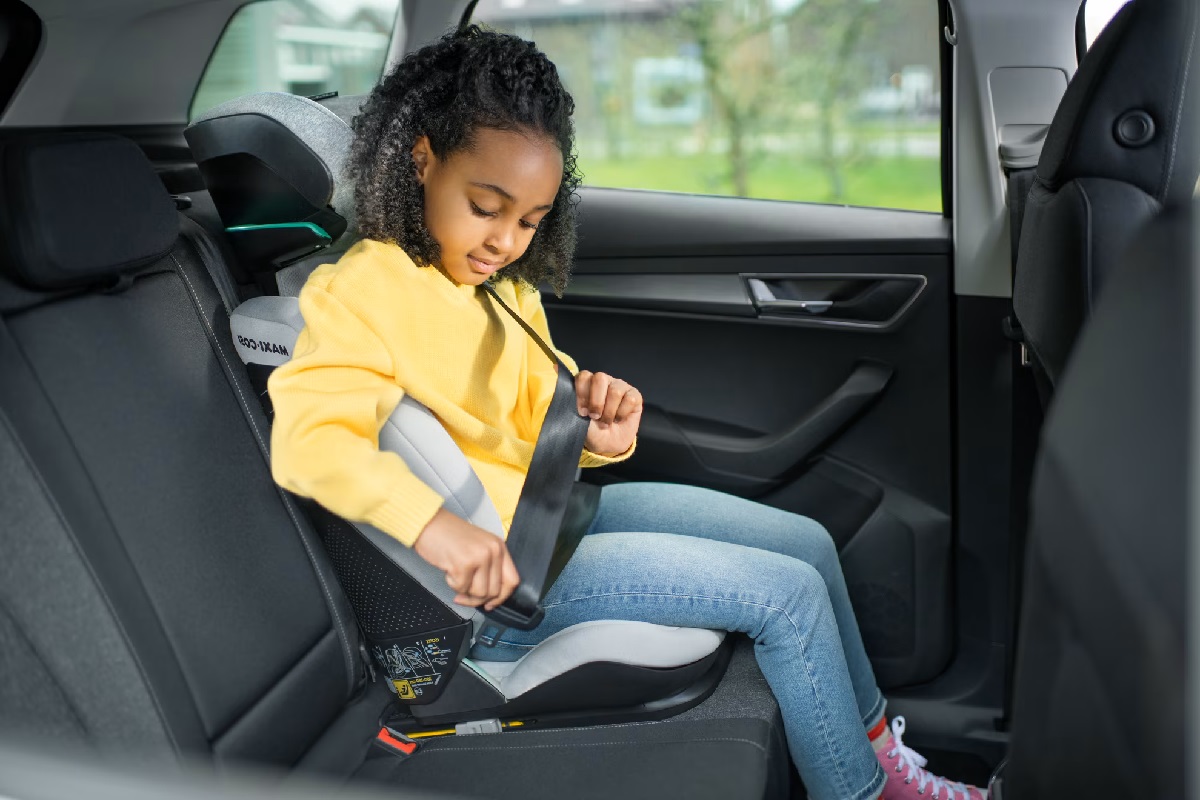

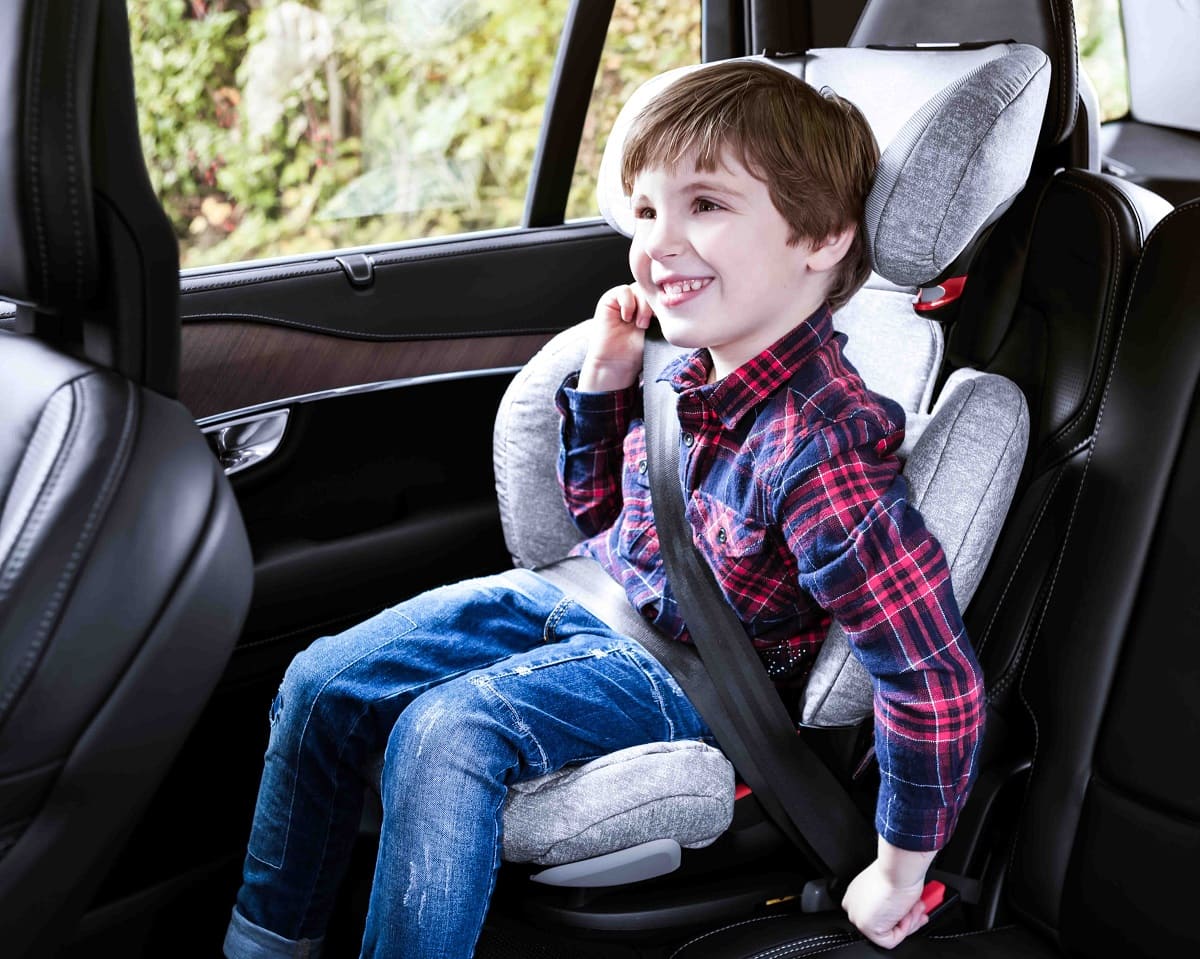
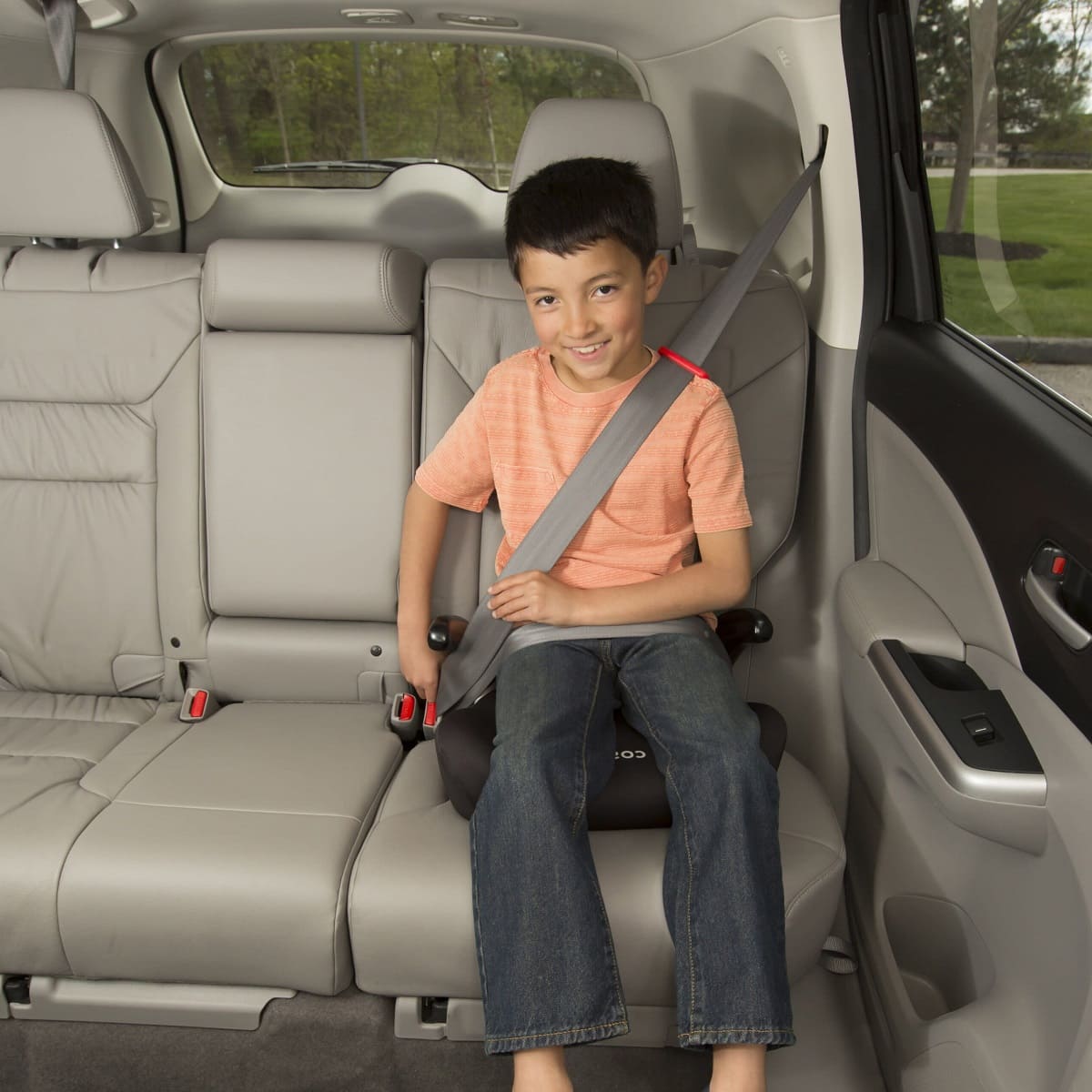
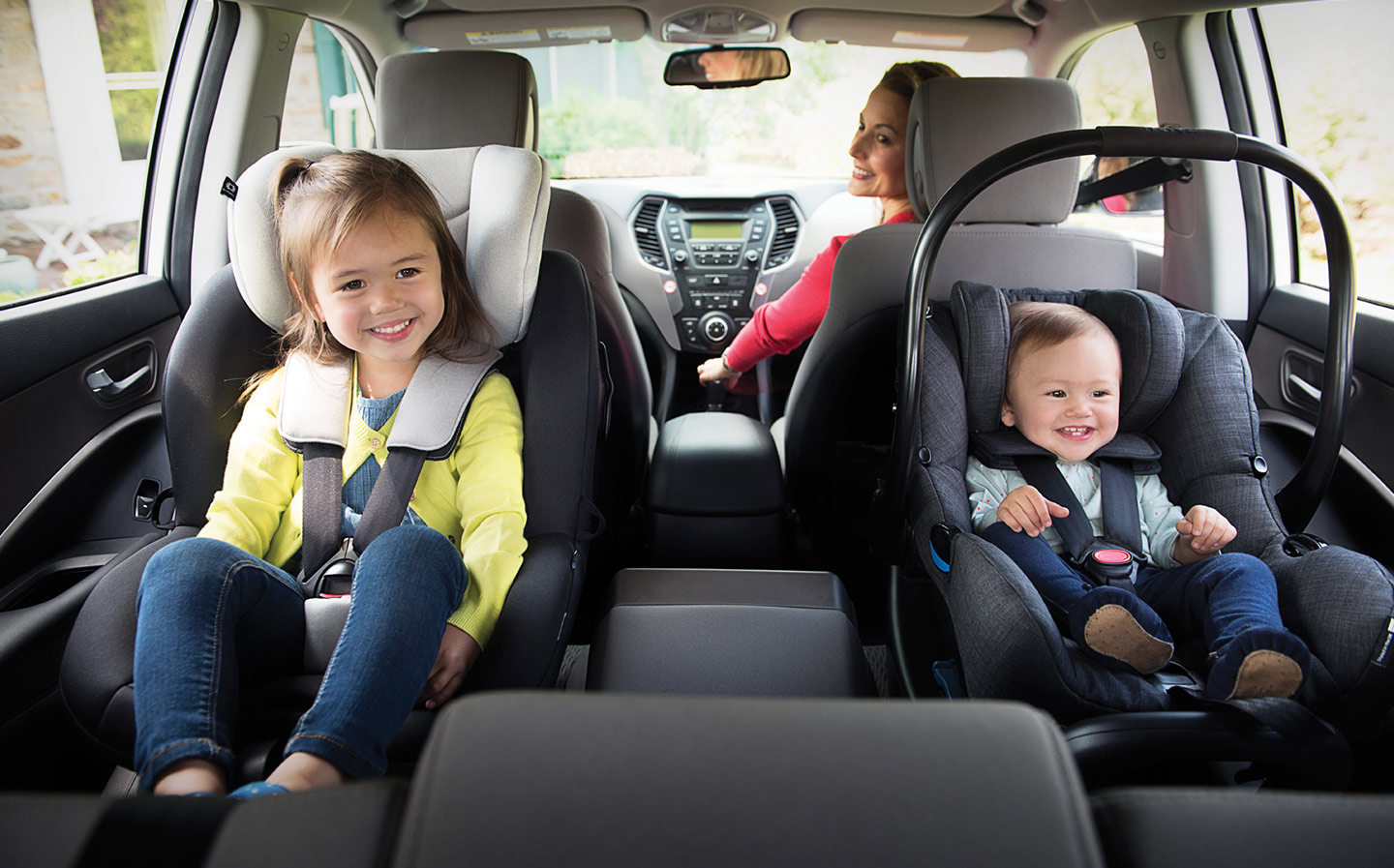
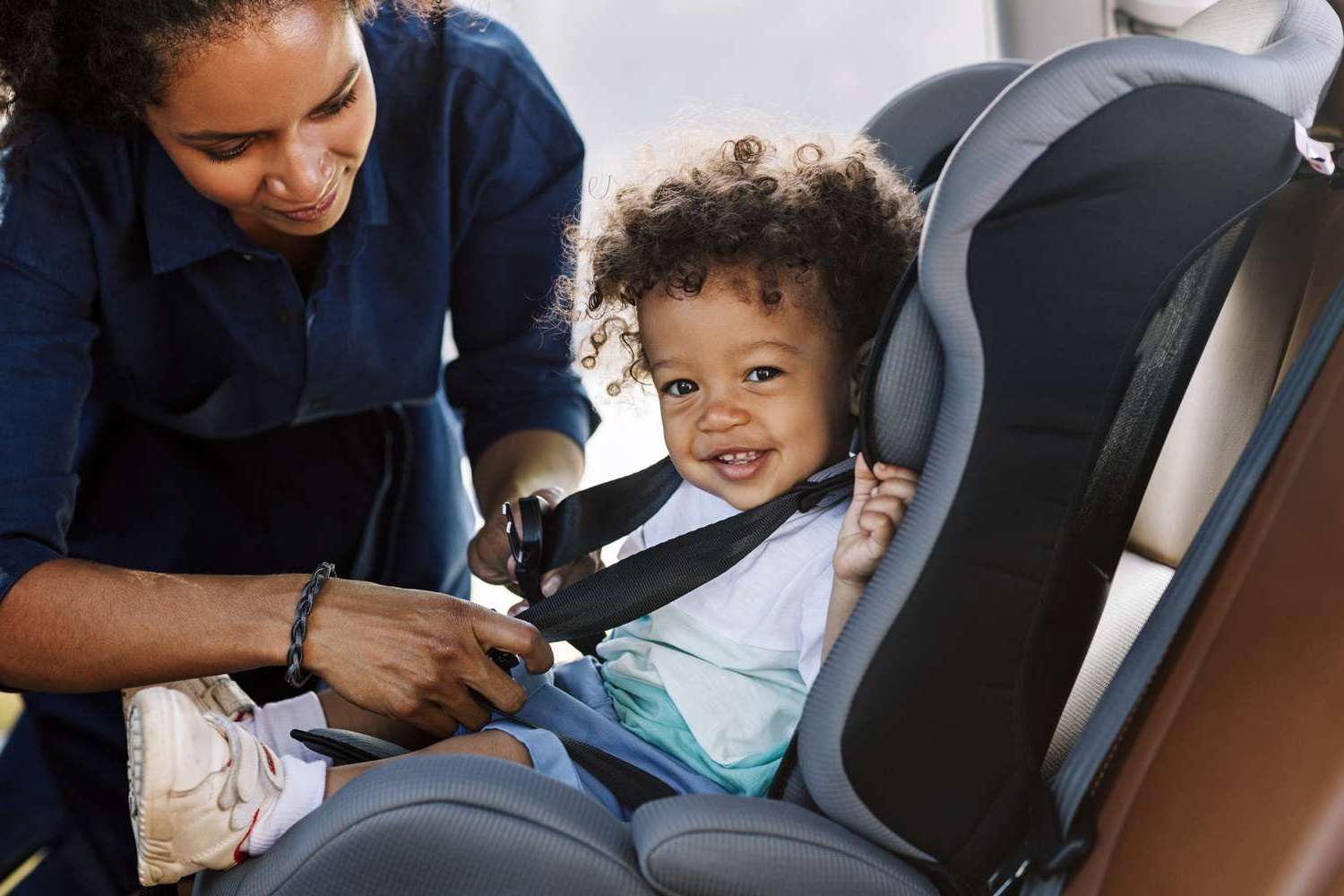
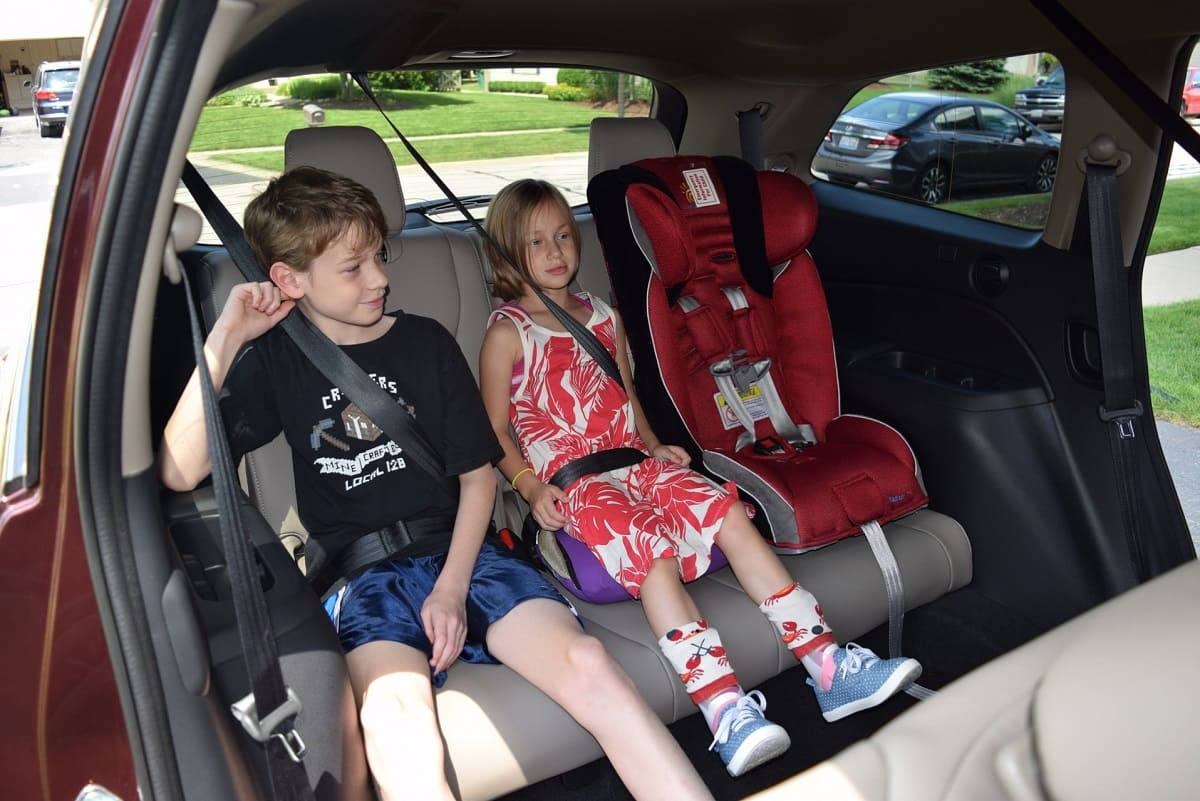
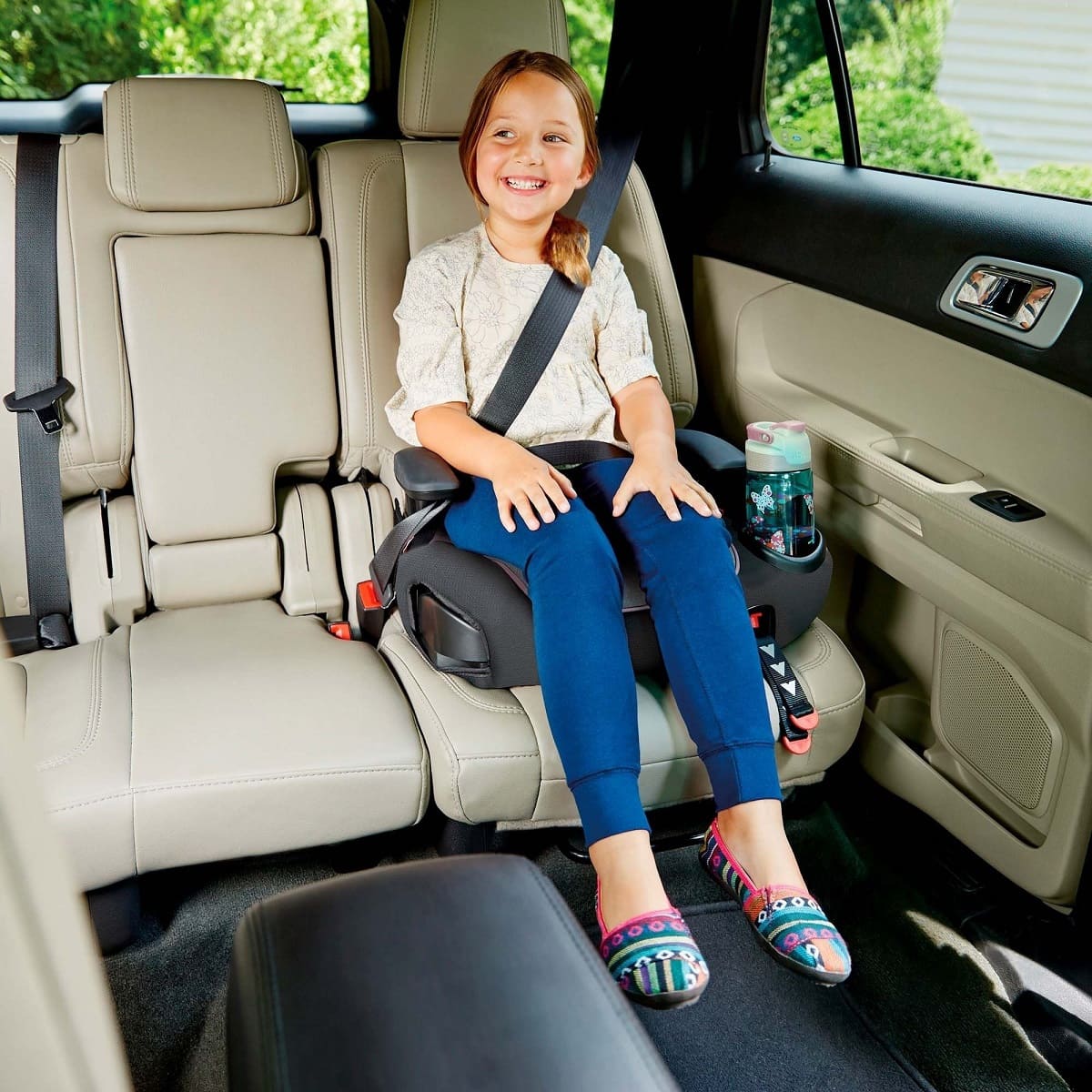
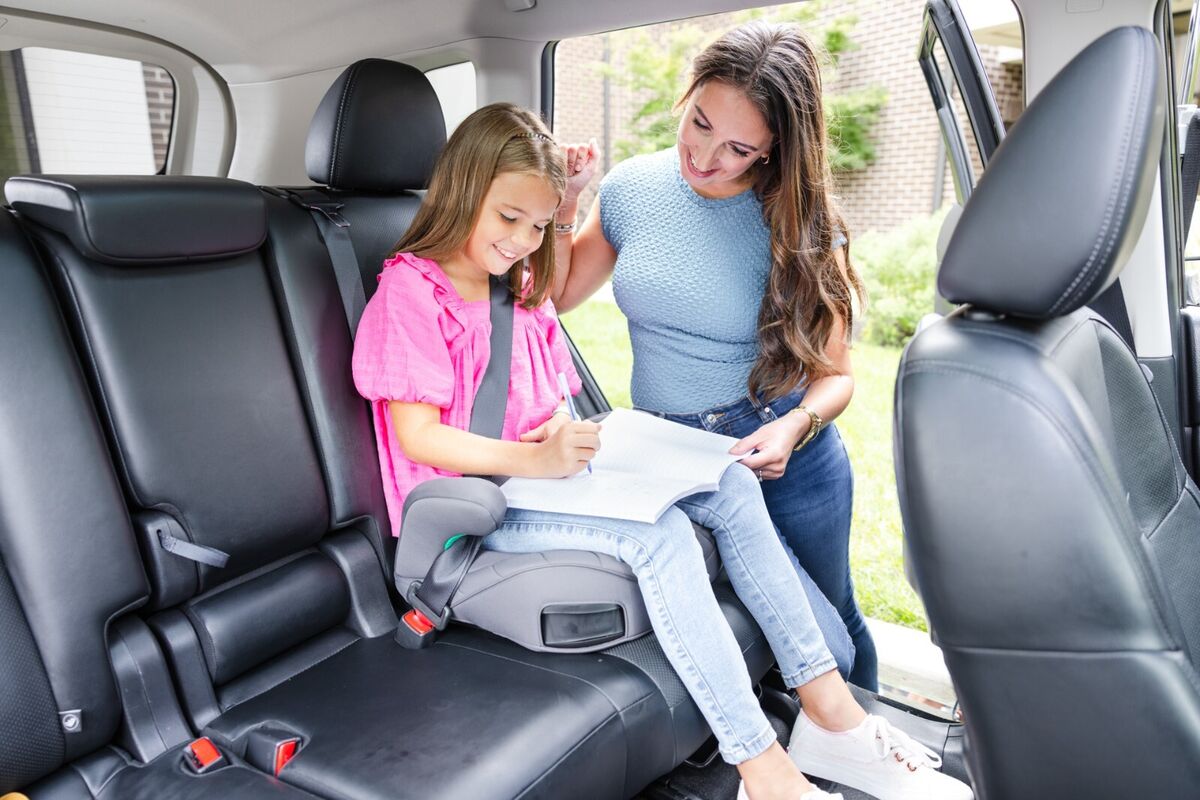
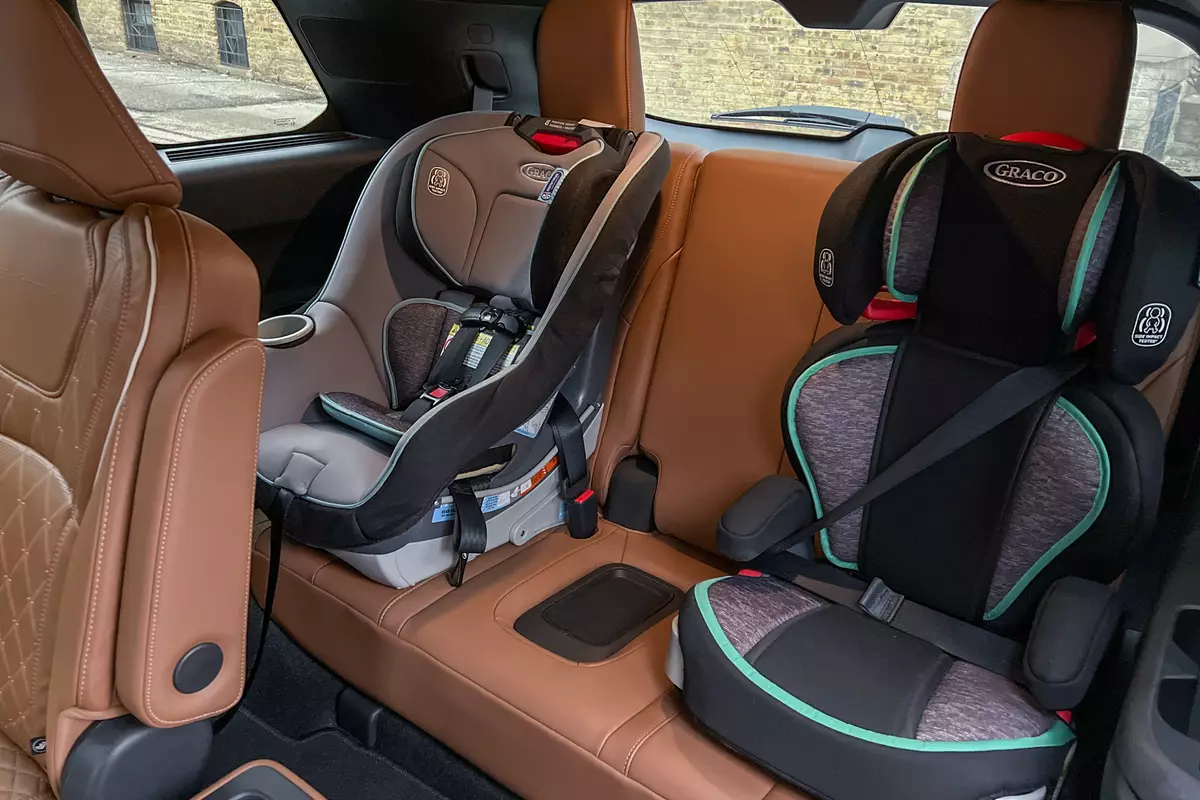
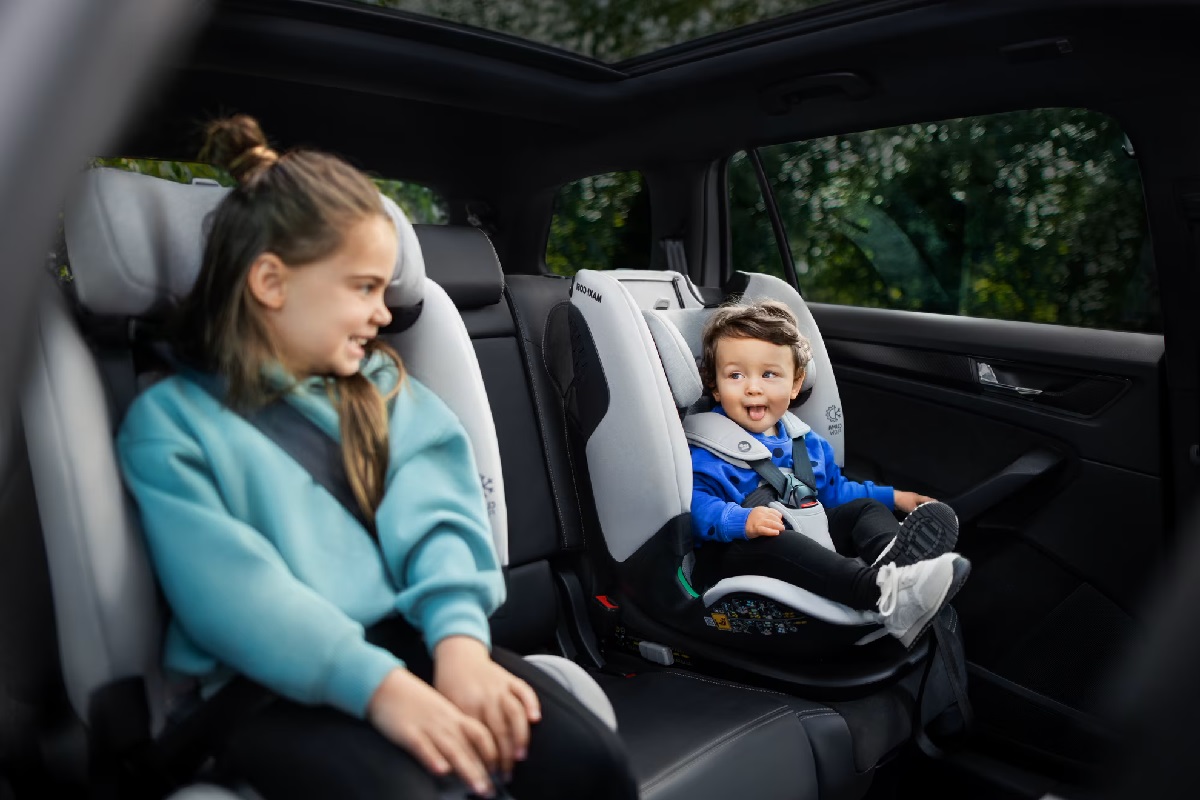
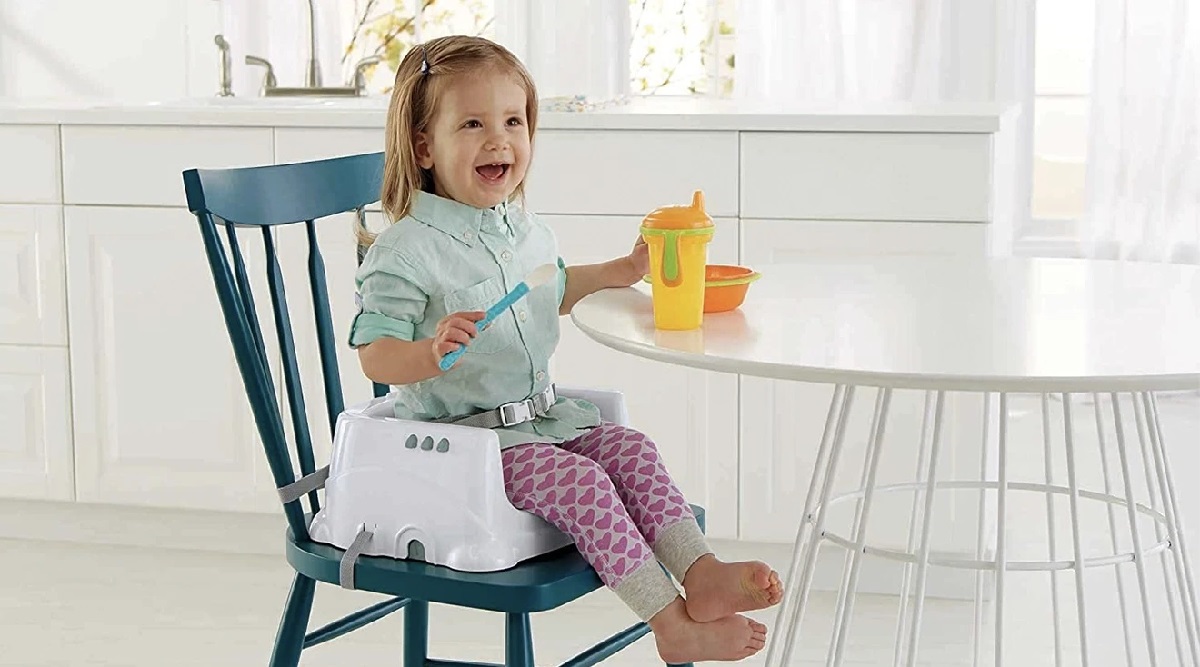


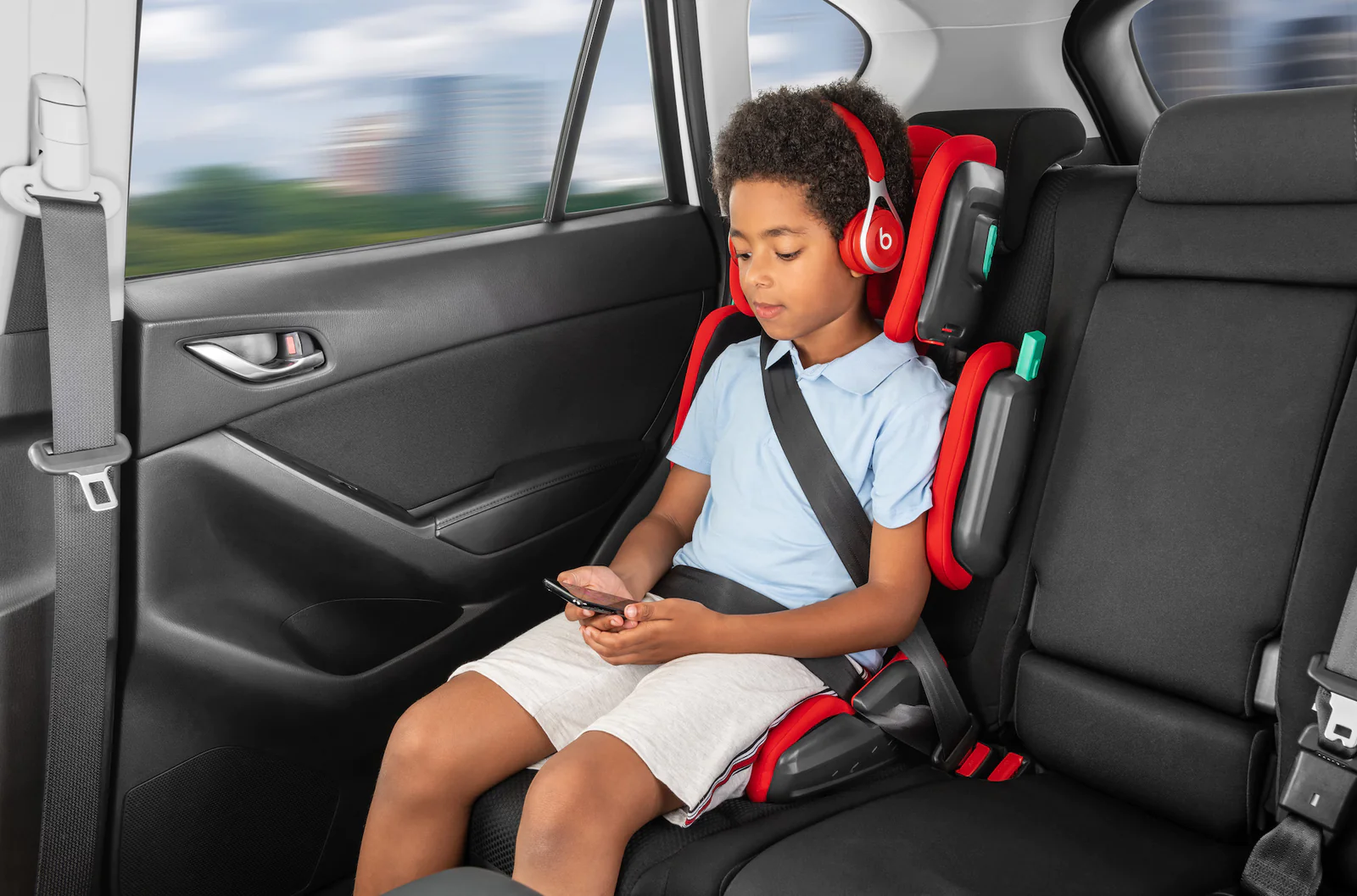

0 thoughts on “When Can A Child Sit In A Backless Booster Seat”